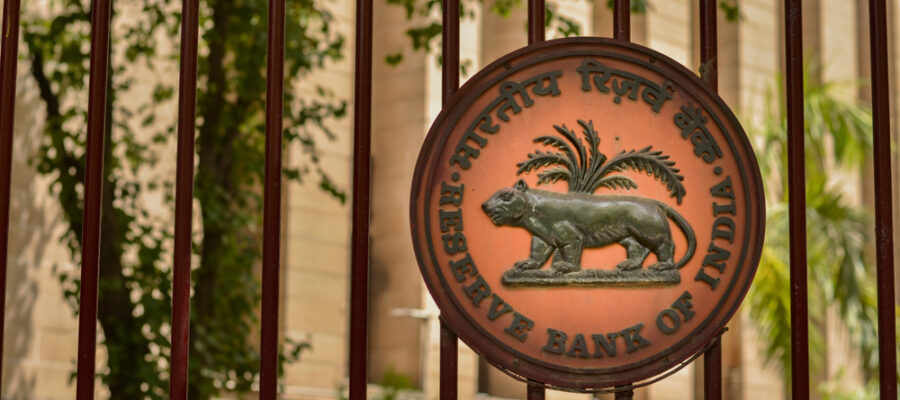The report reveals that stablecoins might support efficient, inclusive, and faster payment options if appropriately regulated and well-designed.
The Reserve Bank of India reiterated its concerns about private cryptocurrencies worldwide, stating that these assets pose risks to client protection as they comply with practices involving terrorism finance and anti-money laundering. RBI’s financial stability report suggested that digital currencies are vulnerable to massive price volatility and fraud due to their speculative nature.
Other long-term issues associated with private cryptos are currency substitution, monetary policy transmission, macro-economic and financial stability, and capital flow management, according to the central bank’s report.
The bank’s report added that the cryptocurrencies industry had witnessed the growth of privacy wallets, decentralized exchanges, and platforms, tumblers, and mixes, AECs (Anonymity-Enhanced Cryptocurrencies). However, their services and products can lead to increased financial flows obfuscation and reduced transparency.
It also highlighted emerging illicit funding typologies, including increased usage of virtual-2-virtual layering mechanisms that try to further burry transactions in an easy, anonymous and cheap manner. RBI noted that the top-100 crypto assets have their aggregate market cap at $2.8 trillion. Free crypto access by EMEs subjected to capital control might weaken the emerging market economies’ capital regulation policy.
The RBI also stated that the rapid growth of DeFi targets crypto assets’ arbitrage, investing, and speculation rather than the real economy. The bank believes limited AML and KYC policies plus transactions’ anonymity expose decentralized finance (DeFi) to market manipulation and illegal undertaking.
Finally, the US recognized the increased stable coins market cap and outlined various recommendations to prevent prudential risks. Stablecoin is virtual coins designed to maintain stable values comparative to the US dollar or different reference assets. Stable coins supplied by the top issuers surpassed $127 billion by 2021 October, translating to an almost 500% surge within one year.
The report highlighted that stablecoins might support quicker, inclusive, and efficient payment options if regulated appropriately and well-designed.
Moreover, it raised concerns on destabilizing run potential, payment system disruptions, and economic power concentration. It also pointed out money-laundering and terrorist financing issues, risking investor protection and market integrity. That way, the report recommended legislative adjustments to address regulators’ authority gaps to combat these risks.
Editorial credit: PhotographerIncognito / shutterstock.com
All trademarks, logos, and images displayed on this site belong to their respective owners and have been utilized under the Fair Use Act. The materials on this site should not be interpreted as financial advice. When we incorporate content from other sites, we ensure each author receives proper attribution by providing a link to the original content. This site might maintain financial affiliations with a selection of the brands and firms mentioned herein. As a result, we may receive compensation if our readers opt to click on these links within our content and subsequently register for the products or services on offer. However, we neither represent nor endorse these services, brands, or companies. Therefore, any disputes that may arise with the mentioned brands or companies need to be directly addressed with the respective parties involved. We urge our readers to exercise their own judgement when clicking on links within our content and ultimately signing up for any products or services. The responsibility lies solely with them. Please read our full disclaimer and terms of use policy here.

